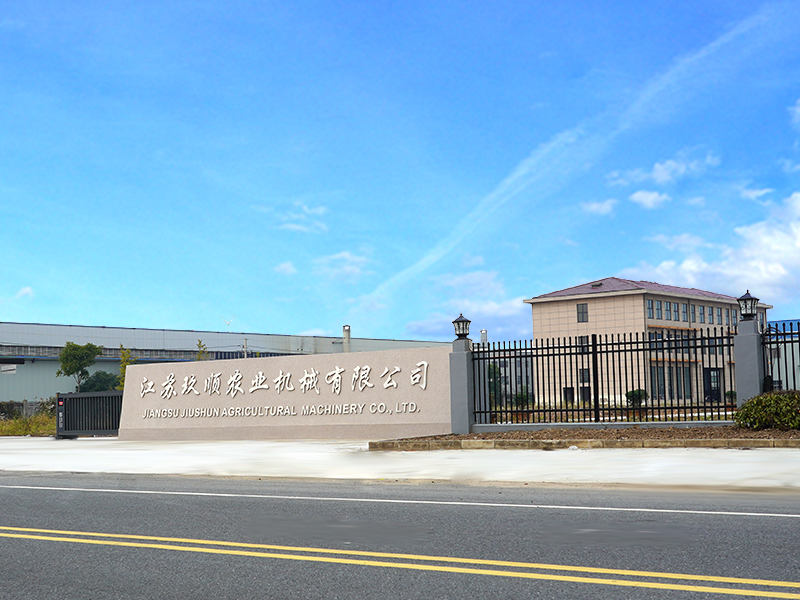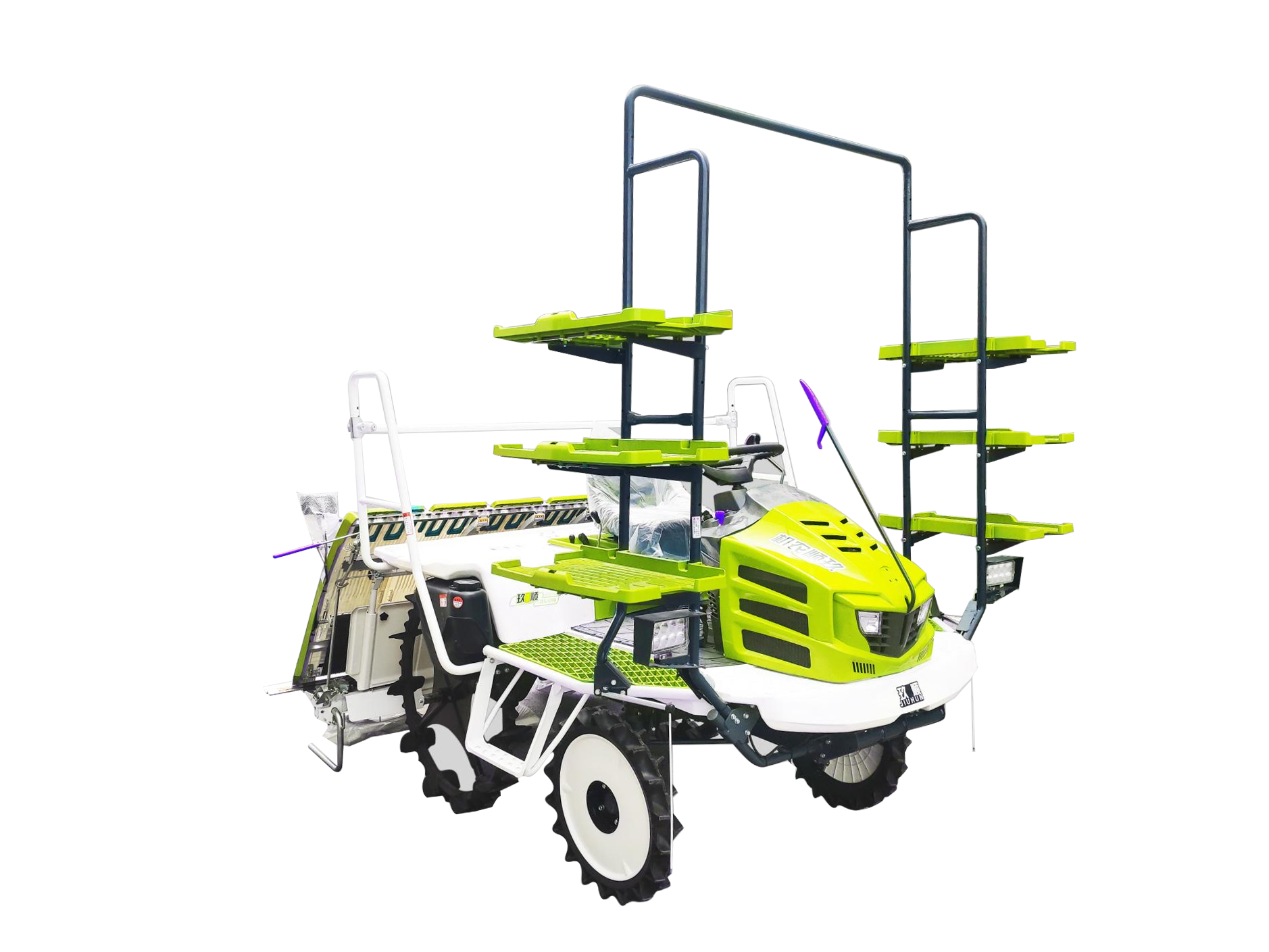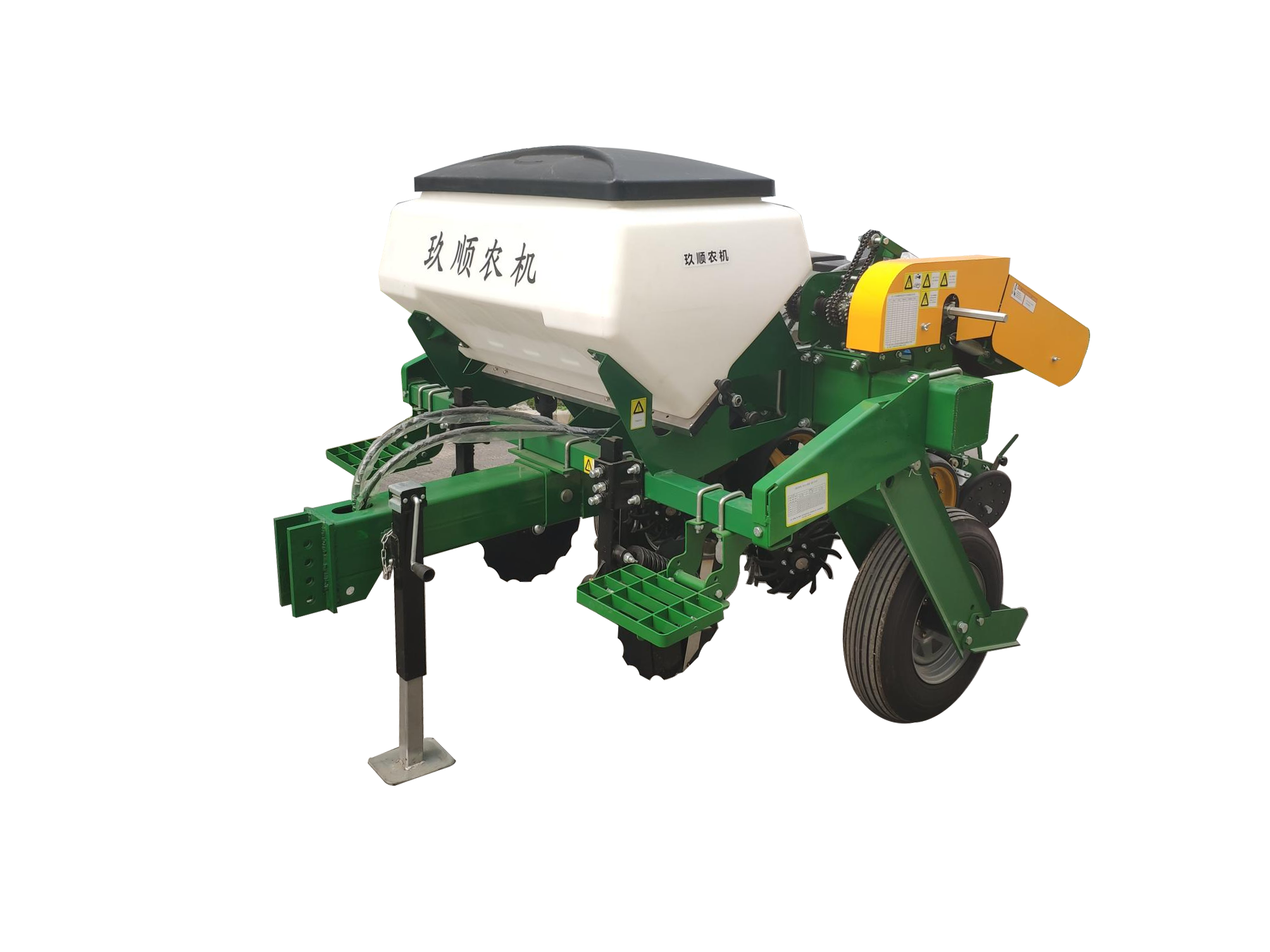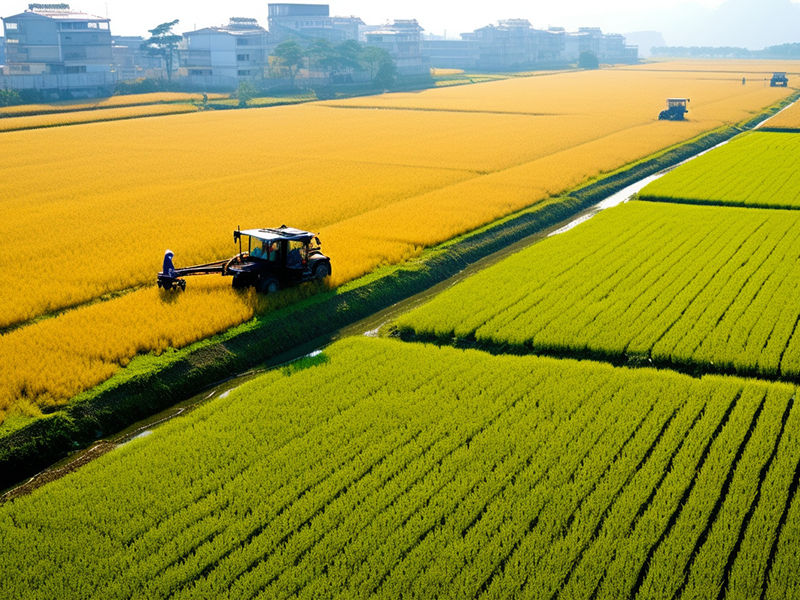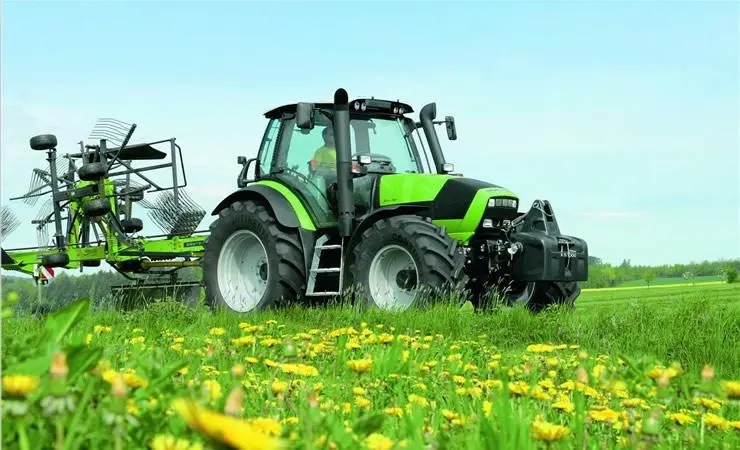Why did the harvester catch fire? How to prevent and respond?
The combine harvester combines harvesting and threshing into a single unit, allowing farmers to complete harvesting and threshing in a single operation. This saves manpower and resources, greatly reducing the burden on farmers. The emergence of harvesters has greatly shortened the harvesting time for farmers. But if used improperly, even if a small spark is generated, it may turn into a prairie fire.
Recently, the Heita Police Station of the Si County Public Security Bureau received instructions from the command center that a combine harvester harvesting wheat in Yuanzhuang, Zhouhuang Village, Heita Town, Si County suddenly caught fire and requested to be disposed of. After receiving the alarm, the civilian auxiliary police of the Heita Police Station immediately drove a fire truck with a fire extinguisher to the scene. The tail of a combine harvester caught fire, and the civilian police immediately launched a firefighting operation. After about 30 minutes of firefighting, the fire was finally brought under control, fortunately there were no casualties or greater property damage.
During the busy agricultural season, safety accidents involving harvester fires occur frequently. Most of the reasons stem from the operator's weak safety awareness, non-standard operation, or failure to conduct safety checks on the machine before operation.
Preparation work before operation: Firstly, provide fire safety knowledge education and initial fire response ability training to operators, and supervise them to randomly equip necessary fire equipment; Secondly, a detailed and comprehensive fire safety inspection should be carried out on the combine harvesters, machinery, and electrical equipment entering the wheat field for operation. It is strictly prohibited to operate mechanical and electrical equipment in violation of regulations or with diseases; The third is to scientifically and reasonably arrange the operation time of each harvester to reduce the probability of fire and ensure fire safety during use.
The following are common causes of fire in harvesters, which must be kept in mind and taken precautions:
Circuit hazards: During the operation, it is important to always pay attention to whether the electric machinery has used exposed wires, hook wires, or whether temporary wires have short circuits or other issues. It is strictly prohibited to use exposed wires and hook wires in electric machinery. Temporary electrical wires should also be firmly fixed to prevent falling to the ground and causing fire. Before the wheat harvester enters the ground for operation, the field circuit should be cut off, otherwise the bulky harvester can easily collide with the circuit and catch fire, causing accidents such as burning wheat or the machine; At the same time, a fire hood and fire extinguisher should be worn.
The wiring of the harvester itself caught fire due to grounding. During the maintenance of the harvester, various types of oil are scattered more frequently. Due to the high temperature, oil is easily gasified and ignites upon contact with fire. In order to prevent such fires, the operator of the machine should regularly check whether the insulation materials of the contact parts between the body circuit and the body are intact. In addition, when the harvester cannot be started, do not use metal objects directly connected to the motor to start;
Bearing damage, friction overheating, and fire. The method to check for bearing damage is to stop the engine and turn it off. The operator can directly touch the above parts with their hands to check the bearing temperature. If the temperature is too high and they feel hot, it indicates that the bearing is damaged and must be replaced in a timely manner.
Overtime operation of the harvester: During the operation of the harvester, the wheat straw will be drawn into the wheel axle of the harvester. Due to the continuous operation of the harvester, the conveyor belt will generate heat due to friction and sparks, resulting in accidents such as wheat burning and machine burning. In addition, with high summer temperatures, oil is prone to gasification and ignites upon contact with fire, leading to fire accidents.
How to take preventive measures?
Firstly, provide fire safety knowledge education and initial fire response ability training to operators, and urge them to randomly equip necessary fire equipment; Secondly, a detailed and comprehensive fire safety inspection should be carried out on the combine harvesters, machinery, and electrical equipment entering the wheat field for operation. It is strictly prohibited to operate mechanical and electrical equipment in violation of regulations or with diseases; The third is to scientifically and reasonably arrange the operation time of each harvester to reduce the probability of fire and ensure fire safety during use.
Response measures after a fire:
Stay calm, don't panic, quickly put out the small fire. Because the initial stage of a fire is the easiest to extinguish, grasping this point can effectively reduce property losses.
It should be noted that during the firefighting process, one should stand upwind of the flames to prevent personal injury. At the same time, immediately call the fire alarm number 119 to request assistance from the fire rescue agency.
Actively carry out self rescue measures, such as opening isolation zones with other wheat fields and combustible materials, slowing down the spread of fires, and spraying nearby combustible materials to prevent flying fires from causing major disasters.
- Summer Agricultural Machinery Maintenance Tips
- You should know about the operating standards and accident handling of agricultural machinery
- The 5G era has arrived, and the development of smart agriculture will usher in a climax
- Further mention of mechanization issues such as hilly and mountainous areas and belt compound planti
- What are the relevant precautions for the cross regional operation certificate of agricultural machi

